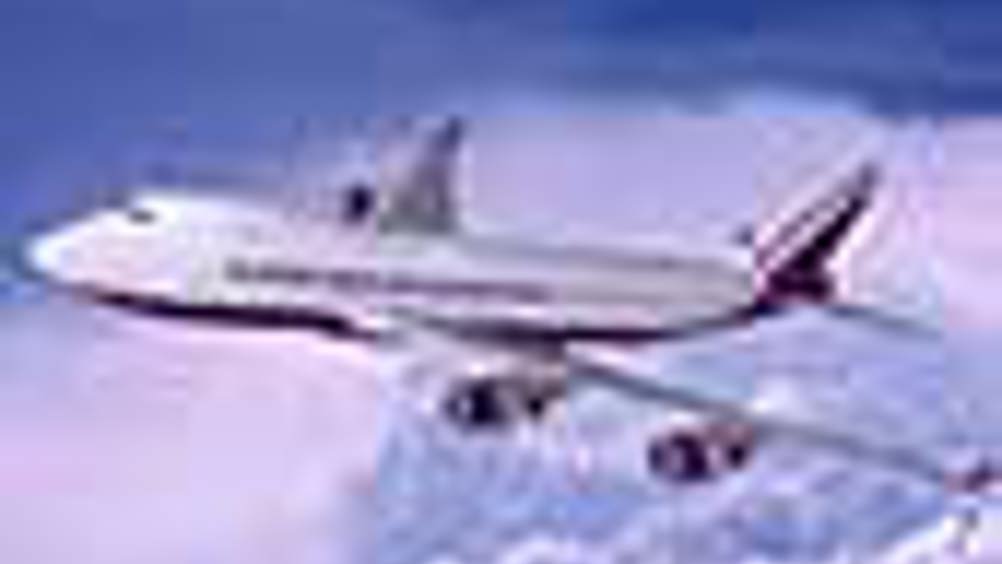Airfreight flies high
Boeing’s World Air Cargo Forecast 2006/2007 predicts that world air cargo growth is expected to expand at an average annual rate of 6.1 percent during the twenty years.

said that world air cargo growth is expected to expand at an average annual rate of 6.1 percent during the next two decades, with a three-fold increase in worldwide airfreight.
The information is included in Boeing's World Air Cargo Forecast 2006/2007, released yesterday at the International Air Cargo Forum and Exposition 2006.
‘Air cargo markets linked to Asia will continue to lead other markets through 2025, led by the highest growth in intra-Asia and domestic China traffic,’ said Nicole Piasecki, vice president, Business Strategy & Marketing - Boeing Commercial Airplanes.
‘International air cargo traffic growth will be driven by increased international trade, increased liberalisation of air services and the improving technologies that our industry continues to incorporate: increases in lower hold capacity and more fuel-efficient freighters,’ added Piasecki. ‘Cargo tends to lead liberalisation, which is a driver of economic growth.’
Boeing expects that the growth of Asian air cargo markets will exceed the expectations of the forecast from two years ago, with the domestic Chinese and intra-Asian markets expanding 10.8 percent and 8.6 percent per year, respectively.
Register now to continue reading
Thanks for visiting The Engineer. You’ve now reached your monthly limit of premium content. Register for free to unlock unlimited access to all of our premium content, as well as the latest technology news, industry opinion and special reports.
Benefits of registering
-
In-depth insights and coverage of key emerging trends
-
Unrestricted access to special reports throughout the year
-
Daily technology news delivered straight to your inbox










UK Enters ‘Golden Age of Nuclear’
Anybody know why it takes from 2025 to mid 2030's to build a factory-made SMR, by RR? Ten years... has there been no demonstrator either? Do RR...